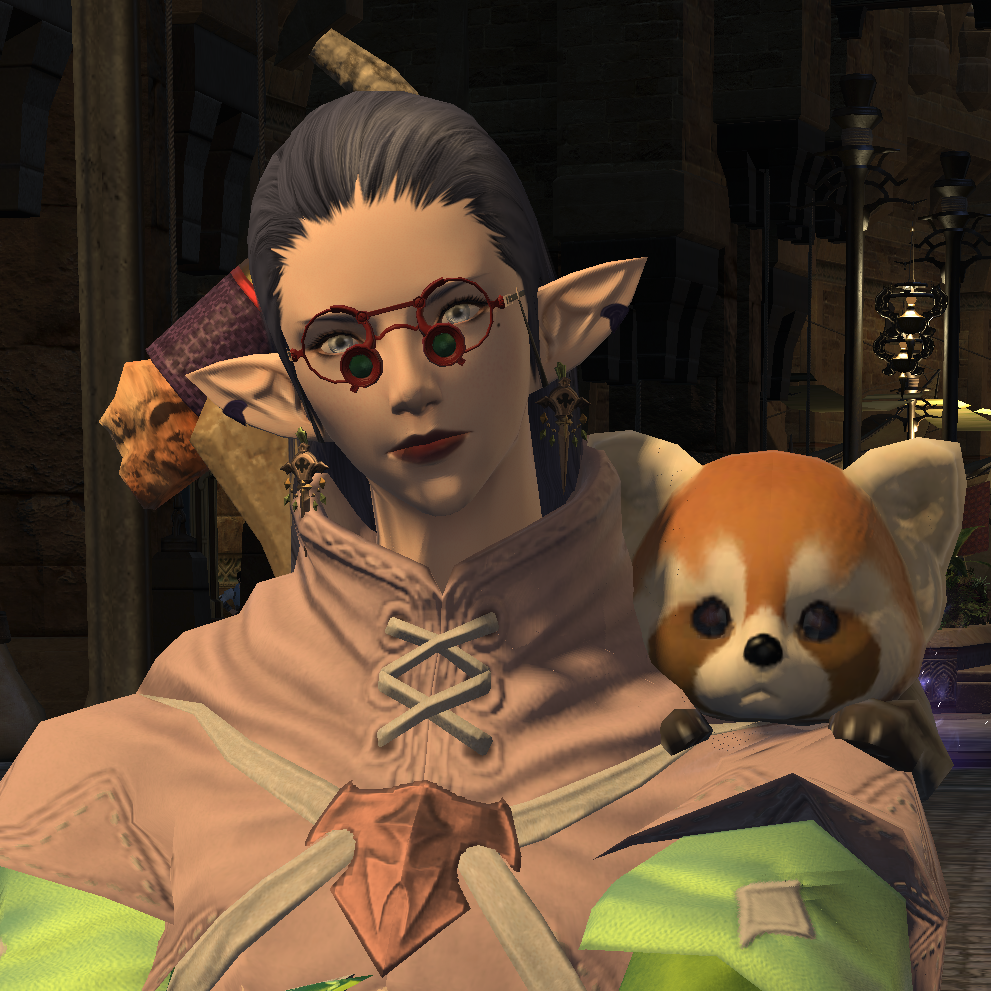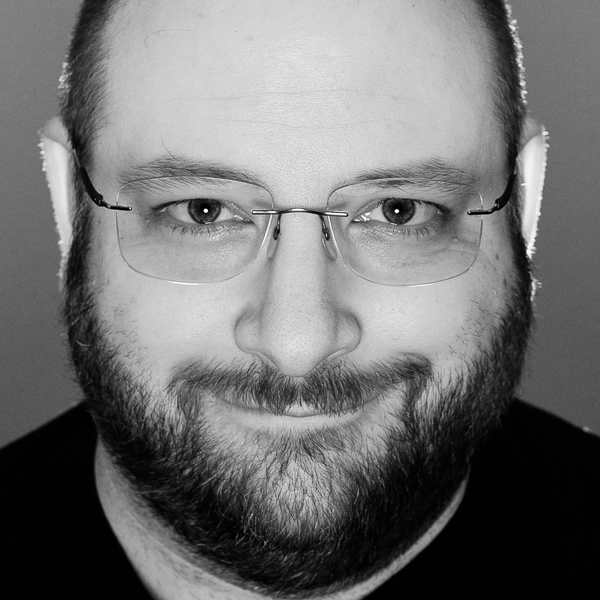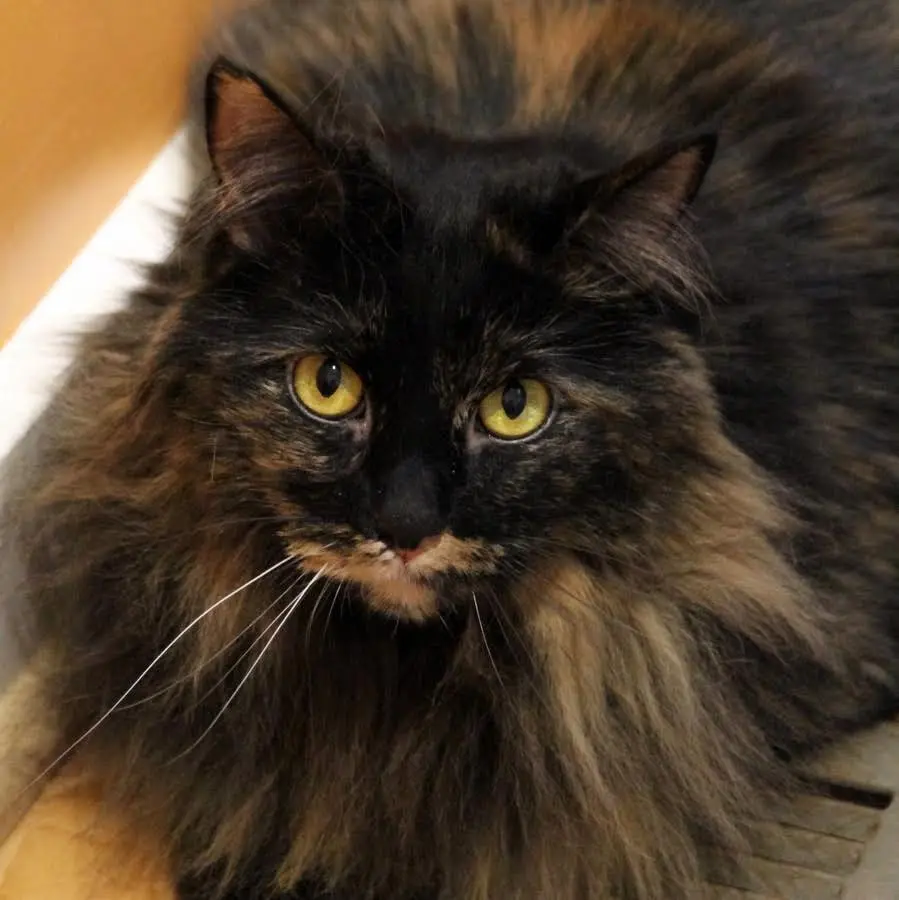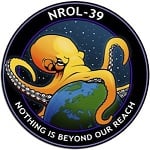Hello all. I’ve always been a digital clock user, but I am trying to get myself used to reading an analog watch.
For the most part it’s fine, taking me several extra seconds over digital so far.
But one thing I am struggling with is discerning the exact minute. Because the minute hand slowly moves over time as opposed to ticking, I have trouble telling whether or not it’s say…9:22 or 9:23 for example.
Because when the time is say…9:22 and 5 seconds, the hand will clearly be on the 9:22 mark. But when it’s 9:22 and 45 seconds, it looks like it’s actually 9:23 when it isn’t yet.
Is this just always a limitation that I’m stuck with using analog? How precise are you all with analog clocks? Is there a way I can more quickly determine the exact minute?
Thanks!
I grew up with analog clocks and can read them at a glance.
For the most part, I don’t really care precisely about minute. E.g. the analog clock in my kitchen is only used to tell me that it’s “roughly 2 minutes past 5 soon” and it’s enough for me to put the potatoes on.
If I need to know precisely whether it’s 16:03 vs 16:04, I use a digital clock. Though mostly because my analog clocks are not precisely synced at all times.
Back when analog was the norm, nobody cared about a minute here or there unless they had some specific profession. Like, the bus came “15:15 ish maybe 5 minutes early maybe 10 minutes late”. Everyone’s clock were off by at least 2 minutes anyway.
Today in the digital age, the bus schedule says “15:17”
Today in the digital age, the bus schedule says “15:17”
And the bus might show up about twenty past three, if you’re lucky
Today in the digital age, the bus schedule says “15:17”
Yeah essentially lol. That’s one of the reasons I had never been super into analog clocks beforehand.
If I need that level of precision, I’ll use a digital clock or set an alarm.
I can usually tell the time, at a glance, within 1-2 minutes which is precise enough for 99.999% of cases. Most IRL scheduling has a lower bound of 5-minute increments, so looking at an analog clock for the exact minute isn’t really necessary. e.g. 7:21 and 7:23 are effectively the same for all but the rarest of my purposes.
I think of analog time as kinda a pie chart telling me how much of the minute and hour that’s elapsed. So I don’t see 13:45, I see 75% past one o’clock.
Does that make sense?
This is why I hate when people ask me what time it is. I can glance at my watch and know what time it is but not in a format that makes sense to other people. In order to tell someone what time it is I have convert to a “normal” format and that makes it look like I cannot quickly read my own watch.
deleted by creator
If I’m bored, sure. Otherwise it’s to the nearest 5 minutes
The concept of numbers doesn’t come up. The way the hands are conveys the fraction of the hour or half day that has passed. There’s never a need to know the exact number, time is continuous and not discrete. The minute hand will move fractional minutes, too.
You might look into getting a slow watch.
It doesn’t really matter exactly what minute it is mostly.One reason why I always preferred analog clocks is because they’re faster to parse. Thank you for teaching me about something even faster.
That’s a super interesting concept! Neat idea, but I don’t think I’d be able to handle that for when I’m getting ready for work in the morning and the minutes count lol.
Hey I like that a lot. Thank you - maybe I’ll become a watch guy after all.
Looks…dumb?
Smarter than you look 🤪
Lmaoo
I usually round to 5 minutes. If I for whatever reason need the exact minute it will take a couple of second to see, depending on the design of the clock.
This is the way
Imo for most applications that I’d be using an analog clock for a time difference of even up to 5-10 minutes is irrelevant. If I really needed up to the minute accuracy I’m using a digital clock with the seconds counting down
It takes time to get used to it, no pun intended. Everything is easier with practice.
Those of us who grew up with analog clocks can read them at a glance. If you are new to them, it’ll probably take you a few months (or more) of daily use before you can tell time at a glance.
GenX here. I wanted to reassure you that it didn’t come naturally to me and i grew up when this was still taught in school. The real answer is practice. Read a clock several times a day for a few weeks. Take a moment to think about the mintue hand. Is it about 2/5 of the way to the next digit? 3/5? After a while, you won’t have to think. You will just recognize.
I used to read analog clocks to the nearest five minutes. It’s just a quick glance and you (used to) rarely need to be that exact.
However my kids never got used to analog clocks despite an annoying number scattered throughout our house. It takes them too long to process what I mean by “quarter of”. They’re in college this year so it’s time to surrender in that battle. Now I’m the one who spends too much time reading analog clocks, trying to read them to nearest minute.
With digital clocks everywhere, gps exact trip times, scheduled meetings, society has gotten much more exact with time anyway. Being within five minutes is no longer good enough
I don’t generally read them to the minute very often. For the most part, 5 min increments are close enough for what I need, most of the time. If I do need a more precise time, I’m usually already closely watching the clock and it’s just addition (was 1341 when I started this, now it’s 1345.).
If I need to get the precise time, cold, than it’s as simple as: closest 5 min tick, then add or subtract minute ticks till you get to the minute hand
Eventually you get to the point where it’s not something you consciously think about. You just look at the clock and then pattern recognition takes over and you just know what time it is.
Growing up with only Analog, it just was a quick glance. You didn’t even have to stop and read it, because you glance and have a mental image of the hand positions that you could compare in your head.
Does your watch have clearly marked minutes and a second hand? If its not quite at the minute mark you know its before 9:23, but if its so close you can’t tell then the seconds hand will show you if its before or after the 60seconds spot.
But also, that’s how Analog is, and unless you have a very precise watch, a regular watch will gain or lose time daily and so the preciseness of 9:23 will be invalid anyway.
It does have a second hand, but I don’t really look at it much to tell the time.
It’s not that I can’t tell the minutes when it is between numbers, it’s that it will already look like it’s 9:23 because the minute hand has effectively nearly covered the 9:23 minute mark despite it being 9:22:45 or something. Seems to be a limitation of analog clocks unless I am just not great at discerning these things. Unless people also generally look at the second hand when reading them??
Tbh it’s actually a smartwatch and not technically an actual analog watch, so I’m assuming the exact time is pretty accurate. I just want to start using analog watch faces more on it to make it look nicer haha. Plus brushing up on my skill!
For you, what’s the value in reading the exact minute? (genuine question, not snark!) In your example it looks like it’s 9:23 but it’s actually 9:22:45… Is that a problem? Probably by the time you do anything with that information fifteen seconds will have passed and it will be 9:23.
For most people, I think analogue is more of vibes way of telling time. You don’t need to know that it’s 7:47 you just glance and see it’s almost ten to eight, and you have to leave soon. I find that I’m basically translating digital time into those approximation anyway. If you like that kinda vagueness and have an android watch then I’d recommend Twelveish as a watch face.
I guess there really isn’t a ton of value tbh! I guess it’s just that I’ve basically always had access to the exact time and anything else feels a bit less than. Things like getting ready in the morning and keeping track of the exact minute I know I have to leave by to get to work comfortably, people asking me for the time and giving them a time off by a minute is socially awkward if they double check, or something like knowing that I want to bake something in the oven for exactly 12 minutes without having to set a timer.
“Vibes” is honestly a good way to put it lol
I grew up when even digital clocks were off by a couple minutes or more because they weren’t centrally connected to something that kept them accurate. Heck, my phone and computer clocks aren’t always exactly in sync down to the second.
I prefer analogue clocks most of the time because it lets me know roughly how much time is left until something at a glance instead of needing to calculate it in my head.
Yeah it seems like most of the comments here that actually understood my question (many of them seem to think I’m asking for instructions on how to read the hours and minutes) seem to have this kind of attitude. The attitude that analog clocks aren’t necessarily for precision, but for a general “vibe” for lack of a better term at what time it is. I guess having constant connection to Internet clocks with precise minutes and seconds has made me pretty anal about time for whatever reason. I guess maybe I need to learn to chill out more?? Lol
There are analog clocks that move the minute hand only when the next minute starts. But to be honest, you might profit from a little less rigidity in your “time usage” - it’s good for your mental health to not plan everything down to the minute. If i make a private appointment, i try to set time windows of 10-15 minutes for meetups; i aim for the beginning of the window, and if i get delayed it’s of no consequence, and for longer delays i would message anyways.
Can you imagine that it’s not so long ago that people called a phone number that told you what time it will be at the next signal tone so you can set your clock?
It’s not a limitation but a matter of precision. The position of the minute hand tells you how far into that minute you are. You don’t need that information, of course. You can just say whatever mark it’s closest to. At 1:00:58, although a digital clock would still read 1:00, it is by all accounts much more accurate to round the minute to 1:01.
So if you just call the time by the minute your minute hand appears closest to, you’ll often be more accurate than a digital clock. It won’t matter. But you’ll know it’s true.
If its a smart display of analog it could be the hand positions have preprogrammed locations and not that is an accurate and smooth transition between the actual progression.
I get what you mean. I think it might vary by which watch face I am using on my particular watch. I notice that in general the minute hand for the face I am using is very granular…it definitely doesn’t just stop at the minute marks or even just halfway in between the minute marks. The one I am using seems to be more fluid than that. I was watching it closely just now and I see the minute hand ticking away ever so slightly as the second hand moves.
Did you know digital clocks experience drift? Your computer can’t keep accurate track of time, it generally uses the NTP to synchronize time.
Your smart watch either has access to the internet and or syncs to your phone time.
Your analog clock displayed on a digital smart watch also make have inaccuracies due to the processor and the load on it, the refresh rate of the screen, etc.
Yeah it syncs to my phone which is also always constantly connected to the internet.
I have a non internet connected cheapo digital clock in my room and it goes off by a minute or so now and then and it bothers me enough to have to change it lol.
Eventually you learn to recognise the hand positions almost like they’re symbols in their own right. You can tell the difference between an apostrophe and a comma, right? And in certain typefaces they’re identical symbols other than their position.
For the same reason, you can tell the difference between an hour hand just past the 12 and an hour hand just past the 6. Then you learn what the other positions look like.
Then you can read the minute hand to whatever precision you need.
After that it’s just practise, practise, practise. Your read times will tumble and before long you’ll be completely used to it and be just as fast as with digital.









